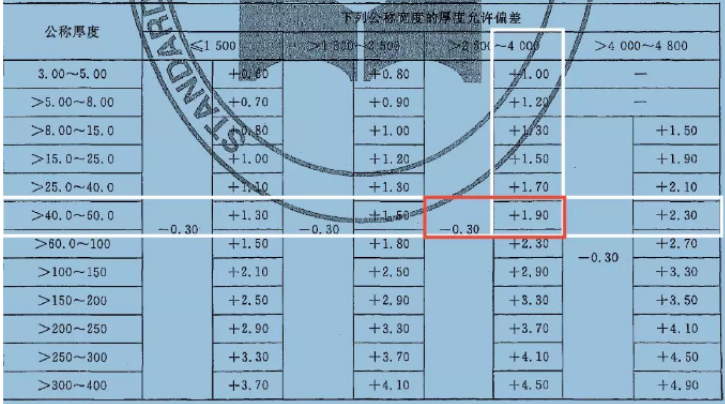The thickness tolerance dispute of hot rolled plate / coil is one of the main disputes that perplex the steel trade industry. It has to be said that there are errors in the analysis of the inquiry and in the purchase of materials.
In order to avoid trade disputes and reduce trade losses, it is necessary to lay a solid foundation for steel trade, and understand and master the provisions of thickness tolerance in the national standard.
One
There are three common requirements for thickness tolerance of hot rolled plate / coil
1. Implementation of international requirements
(for example, GB / T 19189 2011 “quenched and tempered high strength steel plate for pressure vessel”, the thickness requirement refers to GB / T 709 “dimension, shape and allowable deviation of hot rolled steel plate and strip”)
2. Implement the specific requirements of this standard
(for example, Q / BQB 381 2018 “hot rolled steel plates and strips for hydro generators”, with the provisions of the same plate difference and thickness tolerance in the standard)
3. Special requirements for signing the agreement
(for example, the order agreement of some automobile seats’ fine and medium steel plates is made according to the salt requirements of users, usually the confidentiality agreement)
TWO
GB / T709 “dimension, shape, weight and allowable deviation of hot rolled steel plate and strip” is one of the most cited thickness tolerance standards. To understand this standard means to penetrate the basic set of thickness tolerance requirements.
In GB / T709, the type of thickness tolerance of single rolled steel plate (commonly known as medium and thick plate) is divided into four categories: n, A. B, C.
According to the type of thickness deviation
Class n deviation: positive deviation and negative deviation are equal;
Class a deviation: negative deviation according to the nominal thickness;
Class B deviation: fixed negative deviation is 0.3 mm;
Class C deviation: the fixed negative deviation is zero, and the positive deviation is specified according to the nominal thickness.
Three
If a 45mm thick x 3500mm wide x 10m long 07mnnimodr container plate supplied in accordance with GB 19189-2011 is purchased, what is its tolerance range?
As shown in the example above, in the absence of special agreement, the tolerance requirements of this vessel plate shall conform to the class B deviation requirements in GB / T 709, and the class B deviation requirements are as follows:

According to the thickness of 45mm, the horizontal coordinate is > 40.0 ~ 60. This gear is selected; according to the width of 3500mm, the vertical coordinate is > 2500 ~ 4000. The length is not specified
Therefore, it can be compared that the thickness tolerance of this container plate is 45mm (- 0.3 ~ + 1.9mm), that is, the thickness of the actual steel plate should be between 44.7-46.9mm.
